The other day I decided to visit Hauser Lake in the Idaho Panhandle just east of the border with Washington. I drove along the eastern shore, and the clouds to the west looked quite dramatic, especially with the sun filtering through. I pulled over at a driveway by the shore and set about snapping some photos with my phone. Here are a couple which turned out well, and some edited versions.
This first photo uses my phone's HDR settings to hopefully balance the bright sun filtering through the clouds and the dark shadowed hillside on the far shore. I think it worked OK.
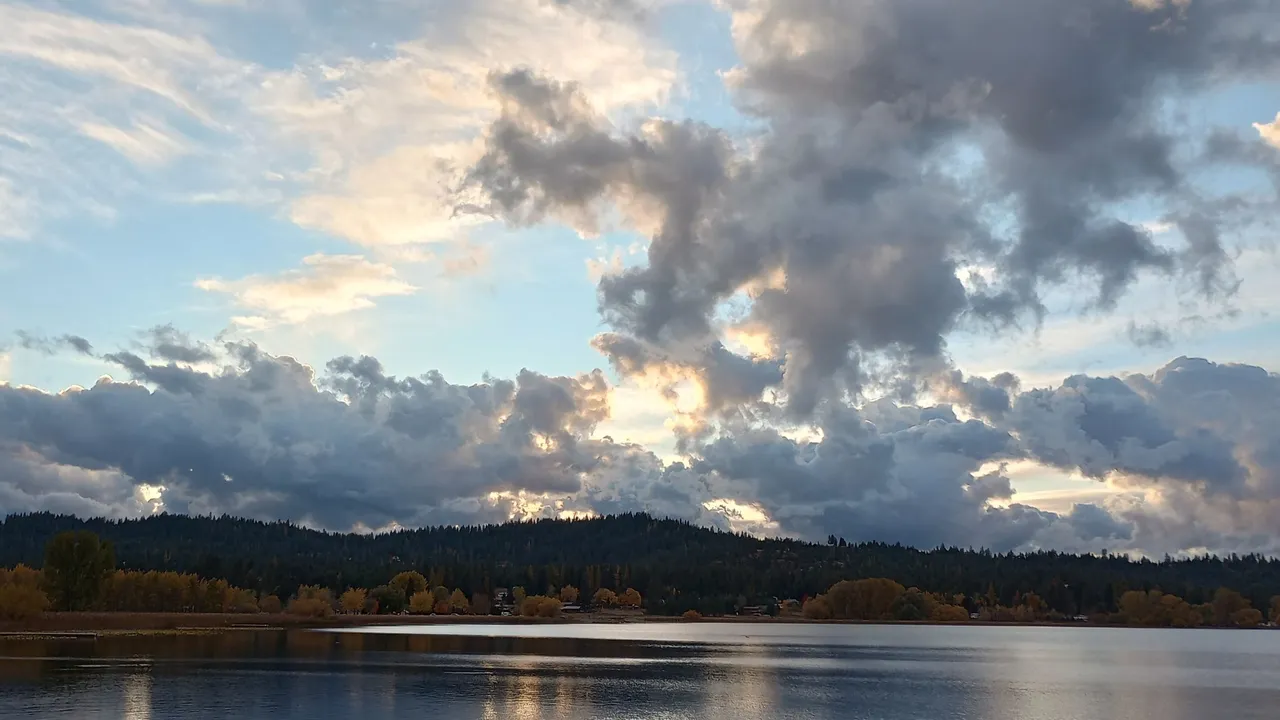
Autumn colors outside the towns and cities aren't generally very vibrant compared to the rich reds and oranges one might see in urbanized areas. The native larch (a conifer that is deciduous rather than evergreen) and aspen turn yellow, while the pines and firs stay green.
I used GIMP to adjust the image above with tweaks to the light and shadow along with turning the saturation down for a monochromatic look. I like how the high cirrus clouds contrast with the darker cumulus potential rain clouds. What do you think?
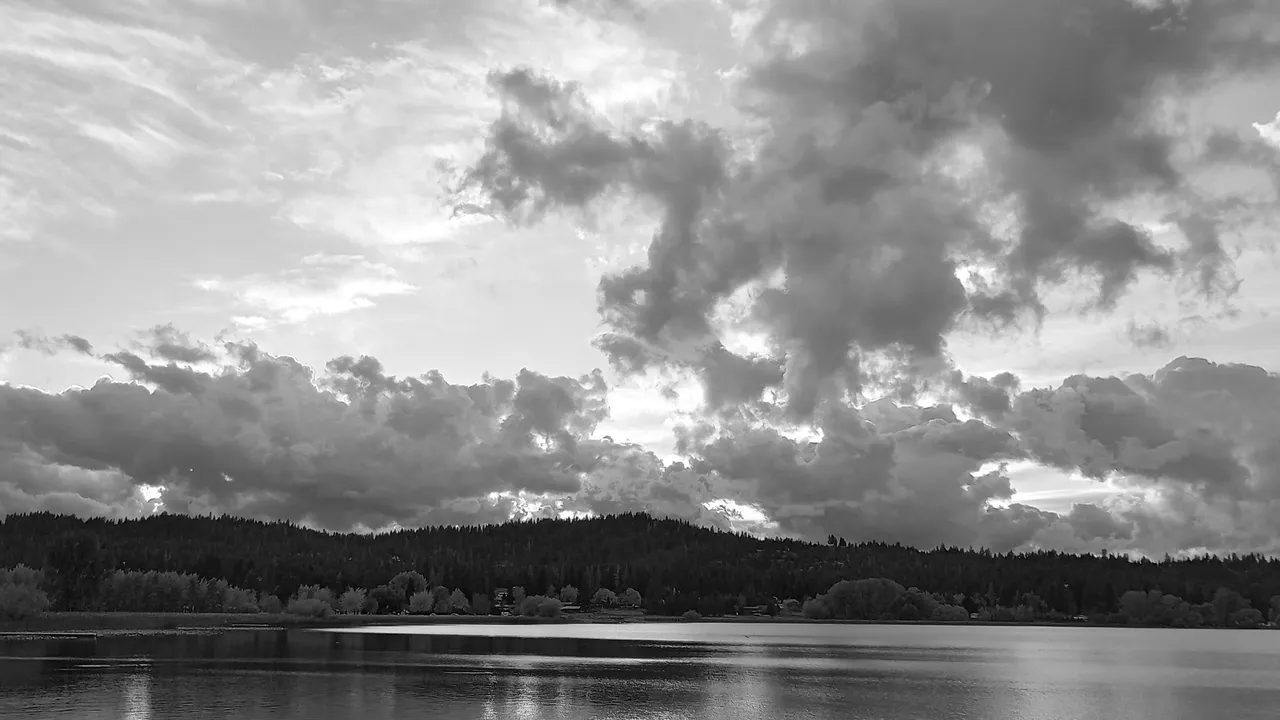

The second photo is not in HDR, so I tried a couple passes with editing the colors in GIMP by playing with saturation, curves, and light/shadow intensity. Then I turned down the saturation for monochrome before resetting it to try an oil painting filter. Which version appeals to you most?
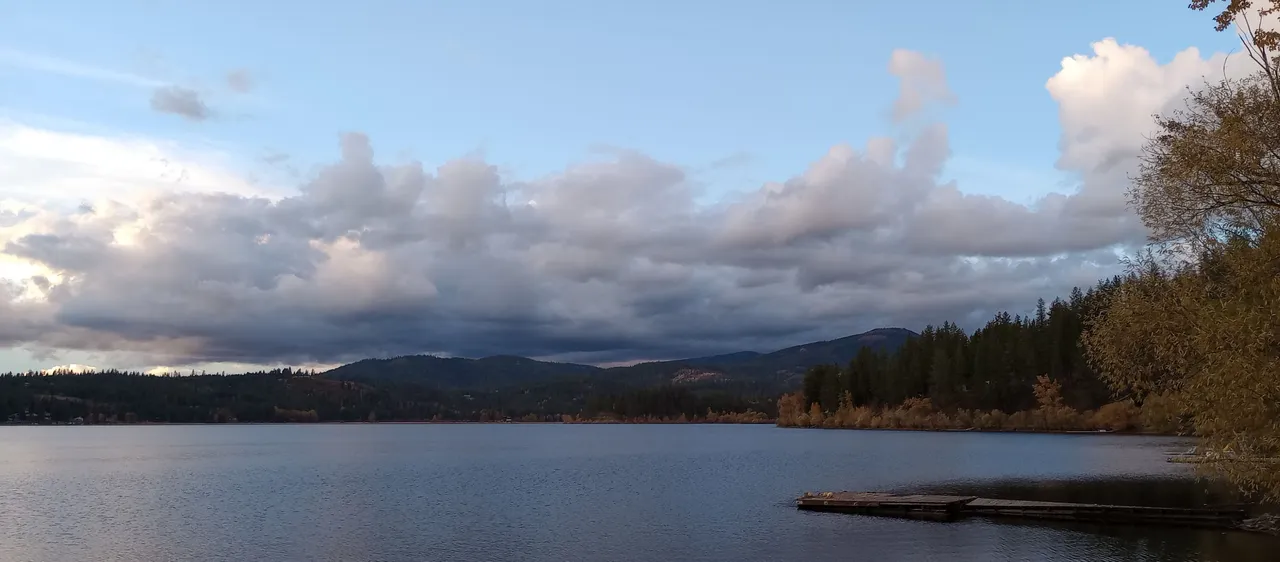

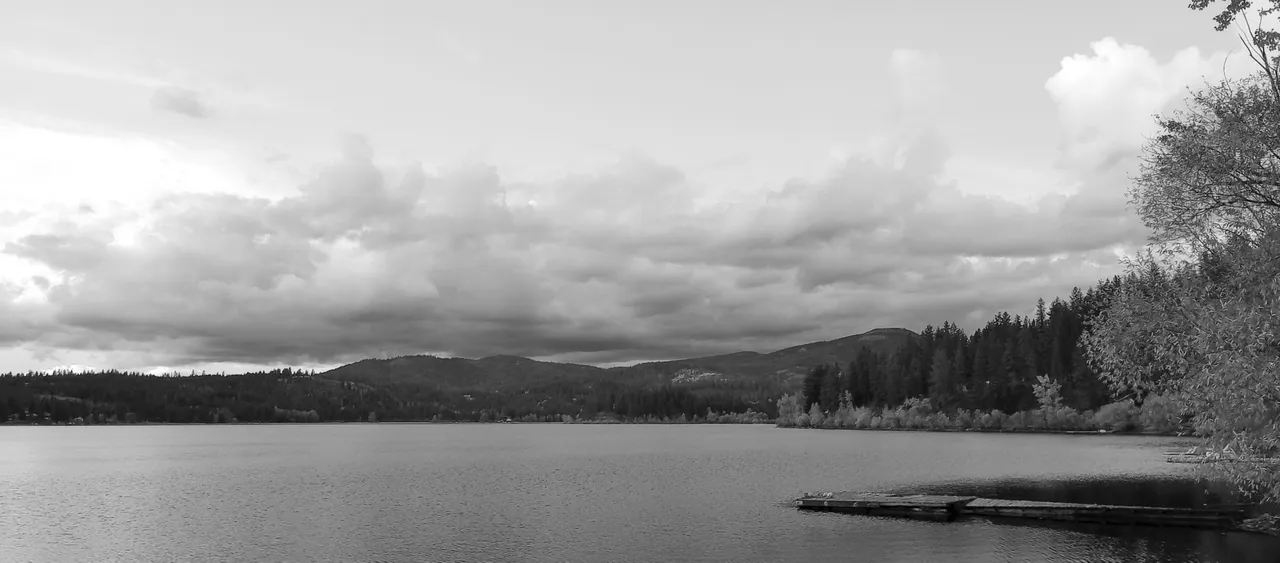
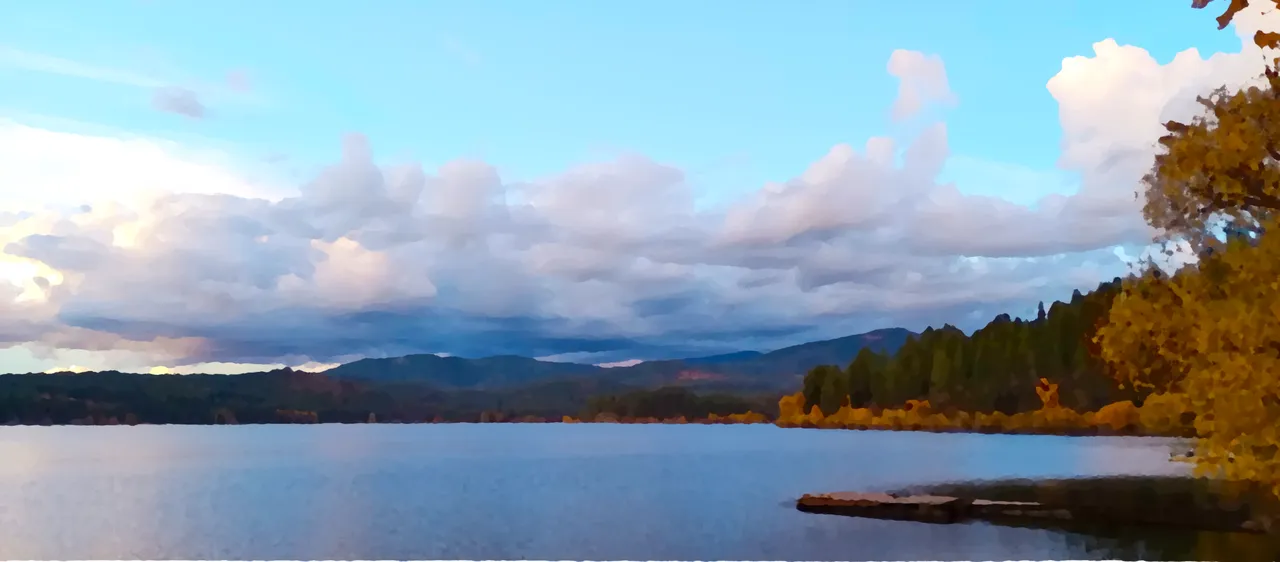

I don't claim to be any kind of expert in GIMP (GNU Image Manipulation Program), but just diving in with a photo I took to play with the settings and see what happens has helped me figure out a lot of its features.
Free and Open-Source Software (FOSS) can be hit-or-miss, but like Audacity for audio, GIMP has a lot of useful tutorials and community support in addition to decent documentation.
Is it really competition for Adobe Photoshop? I don't know. This is free software and seems more capable than anything I'll need, plus there's no weird corporate license agreement to worry about, so give it a go if you want to edit photos. It also runs on everything from high-end PCs to a Raspberry Pi, so you don't need cutting-edge hardware, just extra rendering patience if your system is under-powered and you're running several processes.
